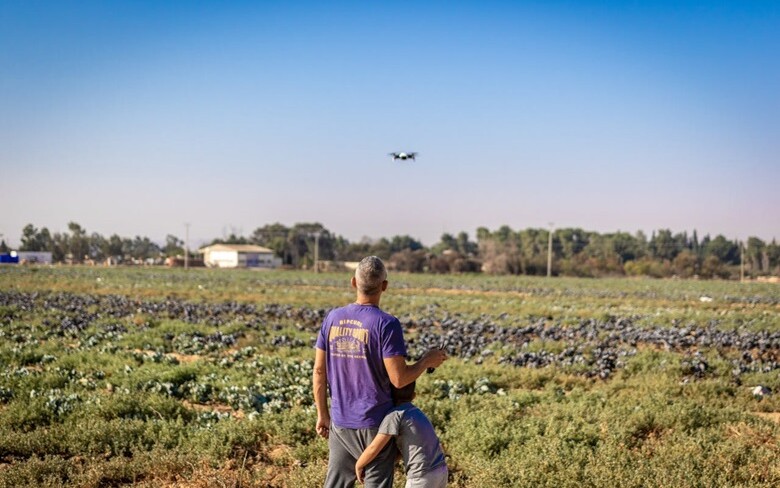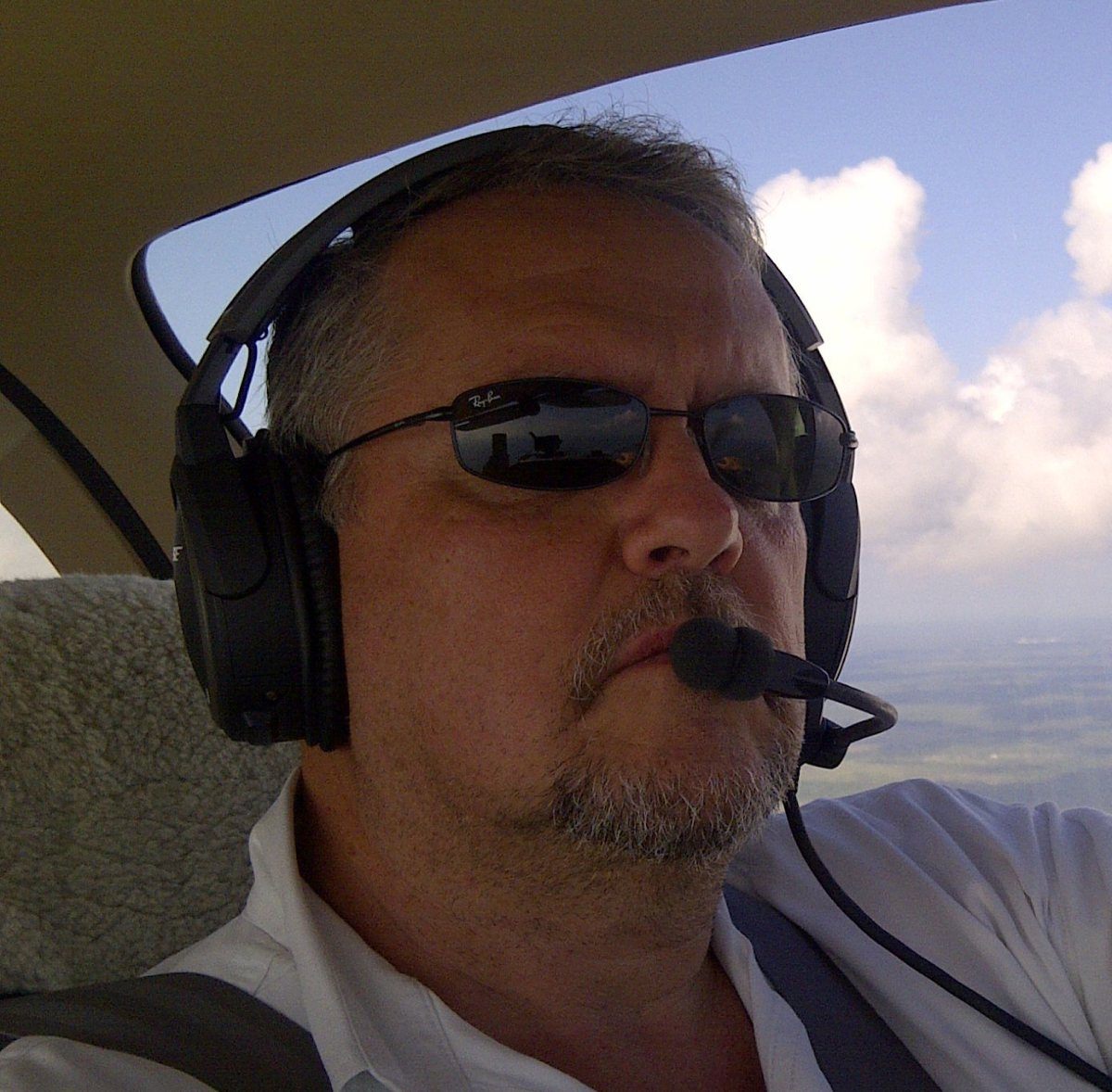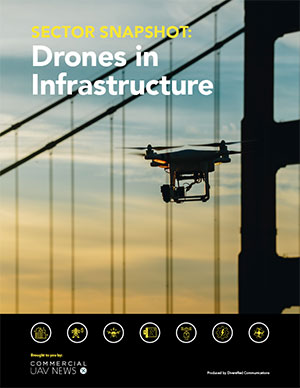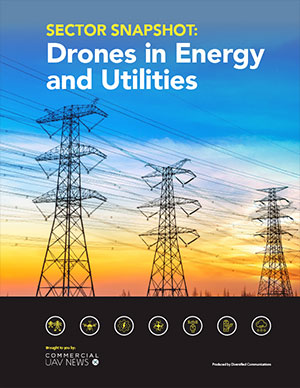This week’s “Around the Commercial Drone Industry” news round-up looks at an analysis of data concerning drones and near mid-air collisions in the US, legislation to expand the use of spray drones for agriculture in France, and new research at the University of Arkansas-Little Rock into how the “Coandă effect” could improve drone performance.
An Analysis of Drones and Near Mid-Air Collisions in the US
An analysis of data from the Aviation Safety Reporting System (ASRS), conducted by the Associated Press, found that last year UAVs “accounted for nearly two-thirds of reported near midair collisions involving commercial passenger planes taking off and landing at the country’s top 30 busiest airports.” According to the AP, “That was the highest percentage of such near misses since 2020, when air traffic dropped during the COVID-19 pandemic.” The AP reports that the ASRS began logging near misses involving drones in 2014. Since then, according to AP analysis, “drones accounted for 51% — 122 of 240 — of reported near misses.”
France Approves UAVs for Crop Disease Control
Earlier this month, French legislators passed a bill authorizing the use of drones to improve disease control for crops. A report from the website Vitisphere explains that the bill will allow the “use of drones for spraying low-risk plant protection products, biological control products and sprays permitted for organic farming, on fields with a minimum gradient of 20%, banana plantations and ground-managed mother vine plantations.” The law also grants approval for “trials to be conducted over a three-year period for other types of agricultural land when drones have obvious benefits from a human health and environmental perspective.” These trials, which will be supervised by Anses, the national French food safety agency, could lead to the permanent adoption of drones for these efforts.
Can the Coandă Effect Improve Drone Performance?
At the University of Arkansas Little Rock, mechanical engineering graduate student Trevor Dady “is exploring how an aerodynamic phenomenon known as the Coandă effect could improve the design and performance” of UAVs. According to Dady, “The Coandă effect is when a fluid jet, like air, attaches to a surface and follows its curve instead of traveling in a straight line.” In his work, Dady investigates whether “Coandă surfaces—curved structures placed near propellers—can increase the efficiency and thrust production of UAVs.” Using “computer-based simulations, theoretical modeling, and hands-on experimentation,” Dady hopes to reveal how the Coandă effect can improve drone performance and, perhaps, drive design improvements.















Comments